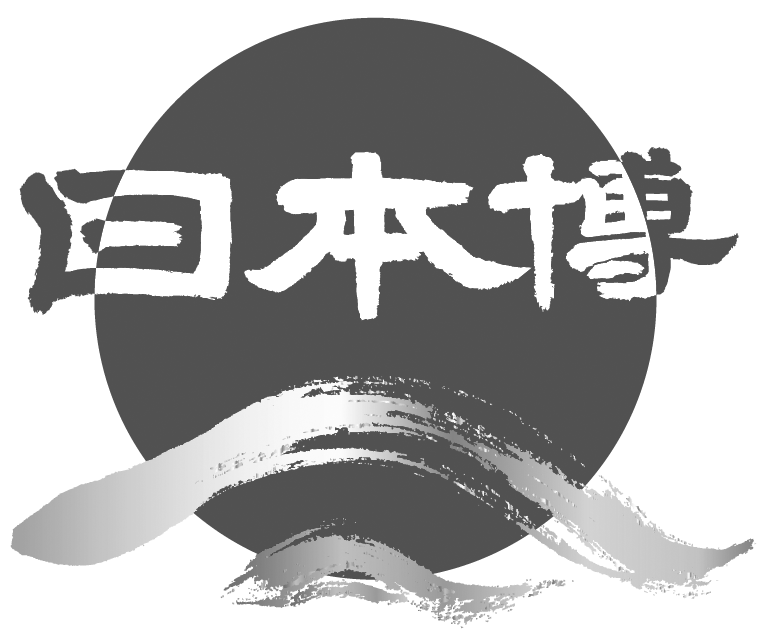Past Exhibition
The Art of Okumura Togyū
―A Master of Nihonga Whom Yamazaki Taneji Loved, Part 2

13 November (Sat.) 2021– 23 January (Sun.) 2022
(Closed on 11 January , from 29 December to 2 January, and on Mondays, except for 27 December , 3 and 10 January)
Hours: Weekdays: 10 am – 4 pm (Last admission at 3:30 pm)
Saturdays, Sundays, and national holidays: 10 am – 5 pm (Last admission at 4:30 pm)
Admission Fees: Adults: 1,300 yen; university and high school students: 1,000 yen; middle school and younger children: free of charge (but must be accompanied by an adult)
Disability ID holders and one person accompanying them: 1,100 yen (university and high school students: 900 yen)
*Discount for those who are wearing kimono: Discount of 200 yen for adults, 100 yen for university and high school students.
Organized by: Yamatane Museum of Art and Nikkei Inc.
Approximately 60 masterpieces from Yamatane Collection are on display during the above period.
Exhibition Overview
The Yamatane Museum of Art is commemorating the fifty-fifth anniversary with a special exhibition of the work of the nihonga artist Okumura Togyū (1889-1990), of whose masterpieces the museum has a large collection. Our museum’s founder, Yamazaki Taneji (1893-1983), collected works by artists who were his contemporaries and with whom he had direct personal relationships, acting on his belief that “What is transmitted through a painting is the artist’s humanity.” He had a particularly deep friendship with Togyū and told him, early in his career, “I only buy paintings by people I am certain show promise.” Having recognized the artist’s abilities, Taneji supported him, and enjoyed warm family-wide interactions with him, for half a century. Our museum is now famed for its remarkable collection of 135 superb paintings by Togyū.
Togyū became engaged in painting while in his teens, under the influence of his father, who had himself hoped to become a painter. He entered the painting school directed by Kajita Hanko (1870-1917) at sixteen, and there met Kobayashi Kokei (1883-1957), whom he regarded as his lifelong mentor. While Togyū was a late bloomer―he was thirty-eight when his work was first selected for the Japan Art Institute Exhibition (Inten) ―he achieved considerable fame after he reached his mid forties. He also helped train the next generation of artists at an art college. Togyū lived to the age of 101 and continued to create until the end of his life. He also consistently stressed the principles he had learned from Hanko and Kokei of emphasizing sketching and valuing dignity and elegance in his paintings. His large oeuvre demonstrates, as he wrote, that “What is communicated by a painting is the humanity of the artist.”
This exhibition includes Togyū’s famous Maelstroms at Naruto, in which he depicts wild eddies in the Seto Inland Sea at Naruto, and Dainichi Buddha, which he created in memory of Kokei, and Cherry Blossoms at Daigo-ji Temple. The focus is on works he showed at the Inten, his main center of activity, in tracing his artistic career.
The art name Togyū, which his father gave him, is based on a phrase from a Tang-dynasty Chinese poem about a clay ox (dogyū) tilling a rocky field, with the implication that if even a clay ox tills a rocky wasteland with perseverance, the land will eventually turn into a fertile field. Living up to his name, Togyū was quietly dedicated to his art. When he was over eighty years old, he said, “From now until my death, I want to paint works brimming with life, even if clumsy, never forgetting my initial passion.” “Art is never perfect,” he said, doubling down on his devotion. “No matter how far you go, it always ends with imperfection.” We hope visitors will enjoy experiencing the fascination of this artist, one of the most outstanding and best loved nihonga artists of the modern and contemporary periods.
*All works are the property of the Yamatane Museum of Art.






